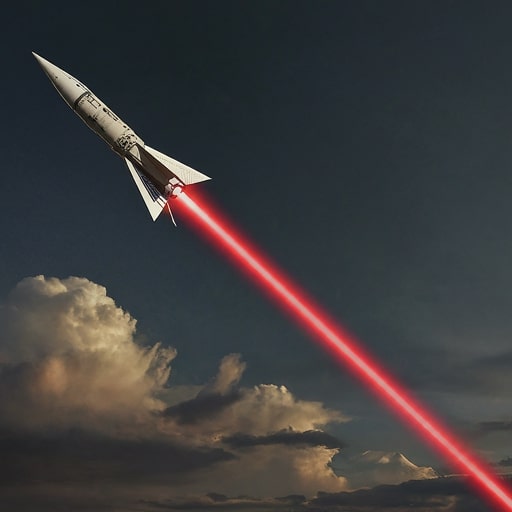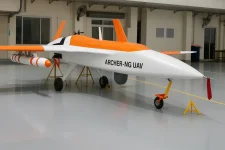- Views: 1K
- Replies: 18

India's Defence Research and Development Organization (DRDO) continues to make advancements in missile technology with its recent Expression of Interest (EOI).
The DRDO seeks the domestic development of a Laser Beam Rider Guidance System with an Eye-safe Laser Range Finder (LBRG System with ELRF). This system promises to give missiles superior accuracy and effectiveness through precise line-of-sight laser guidance.
How the System Works
The Laser Beam Rider Guidance System represents an innovative approach to missile targeting. It uses a spatially encoded laser beam to send vital information to the missile in-flight.This allows the missile to calculate its position relative to the beam and adjust its trajectory towards the target. The technology is especially important for defence systems like short-range air defence and anti-tank weapons, where precision is essential.
Advantages of Laser Beam Rider Systems
One of the LBRG system's key strengths is its ability to work through obstacles common on the battlefield, such as smoke, fog, rain, and dust. This stands in contrast to semi-active laser guidance systems that may struggle in bad weather.Additionally, the LBRG system employs low laser output power, making it smaller and less vulnerable to countermeasures. This bolsters the system's effectiveness in high-stakes, fast-paced combat engagements.
Components and Capabilities
The LBRG system's primary components are an LBRG transmitter, an eye-safe laser range finder, an optical day sight, and a laser seeker module.Working together, these grant precise guidance and targeting at a range of 500 meters to 5000 meters, fulfilling various mission needs.
Implications for India's Defence
The LBRG system, through its advanced laser technology, offers significant improvements for the Indian missile arsenal.It will likely lead to enhanced accuracy and lethality in defence operations across both traditional and unconventional battlefields.

